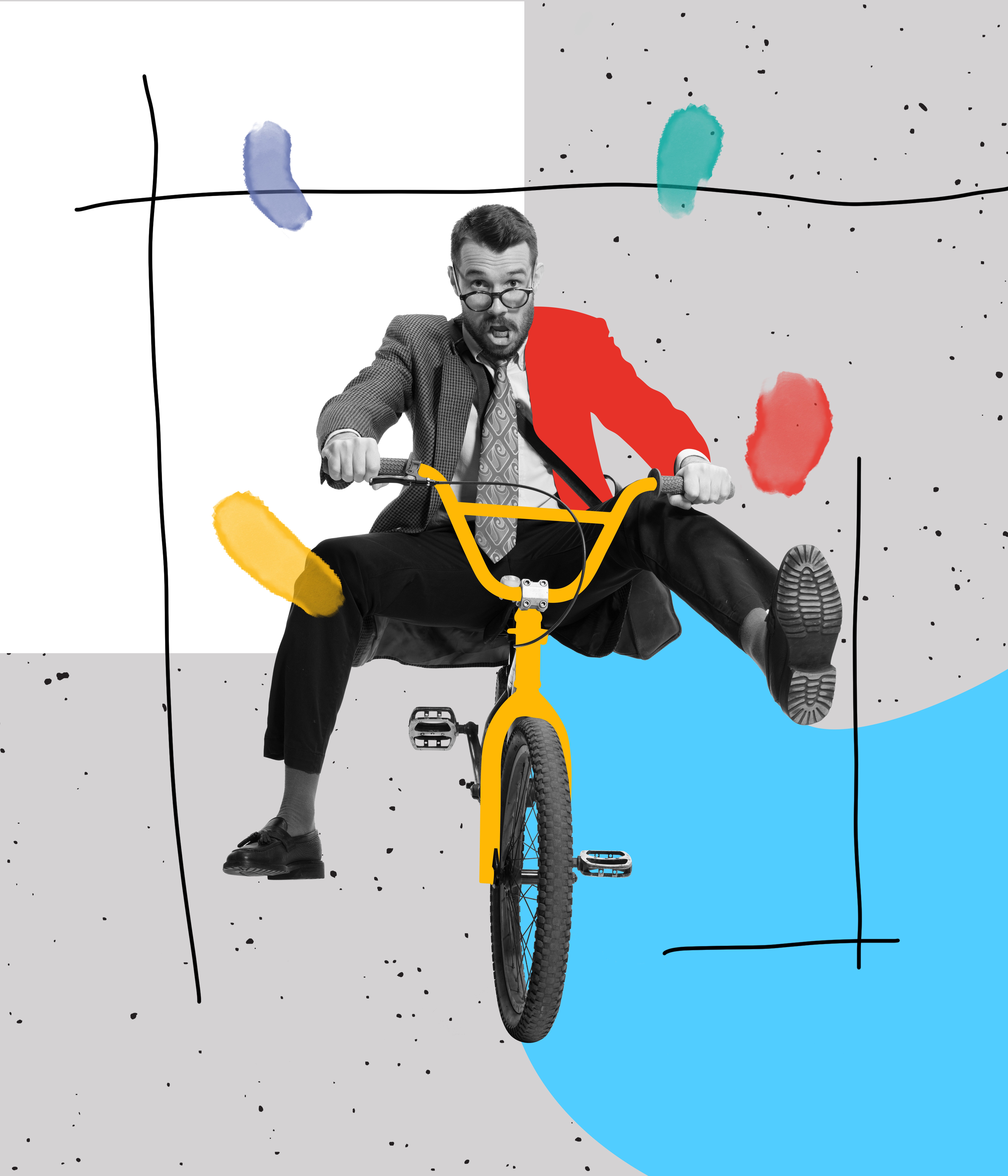
Do I even exist?
Anastasia Bestmann
Existing seems like the most natural thing in the world. Of course I’m here — I can see myself, I can hear my voice, I can feel my body. But how do I really know I exist?
We rely on our senses — especially sight — to confirm our presence: “I see my body, so I must be here.” But that’s just the surface. Underneath the physical layer of being are other dimensions — mind, soul, spirit, energy — parts of our existence that can’t be seen or touched, but are just as real.
Talking about existence often feels abstract or philosophical — like something that doesn’t apply to daily life. But ignoring these deeper questions can lead to very real emotional struggles:
Ongoing conflict and power struggles
Intense emotional reactions
Feeling emotionally drained or disconnected
A sense of emptiness or confusion
A loss of emotional closeness or connection
Over time, and especially during moments of stress or transition, we begin to question ourselves: Do I really feel myself? Do I still know who I am?
Ideally, we learn to feel ourselves in childhood — when we are seen by others. When caregivers notice us, respond to us, and reflect us back to ourselves, we develop a basic sense of I am. This need doesn’t ask for approval or praise — it asks for acknowledgment: I need to be seen. I need to know I matter.
Because if no one sees me, the question begins to creep in:
Do I even exist?
We discover who we are through others
In the beginning of life, we aren’t separate. We are one with our primary caregiver — usually our mother. It takes time (around 18–24 months) before we start to recognize: I am me.
But even then, we need constant feedback from our environment to be sure: Am I really here? Am I seen?
Example 1: The invisible parent
You walk into the kitchen and say something to your partner — no response. You ask your child to put their clothes in the laundry — nothing. You walk through the house, but no one really acknowledges you. Your daughter leaves and says goodbye to everyone — except you.
You start to wonder: Wait… am I even here? Does anyone notice me?
And what do we usually do? We raise our voice. We repeat ourselves. We move closer. We seek proof of our presence.
Example 2: The background worker
You make breakfast, refill the tea, pack the lunchboxes, clean up after everyone — and no one thanks you, asks how you’re doing, or even looks at you. Later at work, it’s more of the same: people talk to you when they need something, not because they want connection. You perform a role, but your presence — your being — goes unnoticed.
These exaggerated examples reflect what it can feel like for a child when their basic need for attention goes unmet. Children will often “act out” when they don’t feel seen:
When parents consistently override their wishes
When interactions always have a goal (brushing teeth, doing homework)
When there’s no time where the child is simply witnessed in their being
What is Attention?
The old way of thinking: “My child needs too much attention”
When we think of attention, we often think of doing something — spending time, playing, talking, giving energy. And when children constantly seek attention, it’s easy to get frustrated:
My child always interrupts
My child won’t leave me alone
My child constantly whines or acts out
The new way of thinking: “My child wants to be seen”
At the core of the I am need is something simpler: the desire to be acknowledged. Not praised, not corrected — just noticed.
Not “You’re doing a great job,” but rather:
“I see you. I’m glad you’re here.”
Children ask us to watch them play not because they want feedback — they want our presence. They want us to witness their being and silently say:
I see you.
I’m happy you’re here.
It’s good to be with you.
These simple messages have real power — they bring us into emotional alignment. They confirm our place in the world. Try it out :)
I dive deeper into how children seek attention — and the coping strategies they often develop — in Part 2: I need your attention.


